Often confused with the American Kennel Club-recognized breed with a similar name, the Olde English Bulldogge Dog differs entirely from the standard English Bulldog. They were purposely bred to have the general look, health, and overall athleticism of the bull-baiting dogs of centuries past but with more well-rounded and less aggressive personalities. It took a highly refined model of line breeding developed at Ohio State to create the new breed, but the results were accurate, and the dogs quickly began breeding true, creating one of the most modern purebreds around. They are medium-sized with muscular builds and big, broad heads with many facial wrinkles. Although they have a traditionally tough-looking exterior, Old English Bulldogges are sweet, affectionate, and even emotional dogs eager to please their owners.
While they still maintain some of their predecessors’ stubbornness in training, once they form the bond that aligns the owner as the pack’s alpha, these dogs will bend backwards to please them. They are friendly, surprisingly outgoing, and frequently do well with children and even strangers, unless around the home, where they tend to be more protective. Of course, to ensure these results, it’s always best for owners to provide thorough training and socialization, but generally speaking, it is a breed that is quite adaptable to different situations and living conditions, making it a great choice for a wide variety of families. Their only restrictions are being averse to extreme heat and cold and those who are unable to deal with their high level of drool and slobber.
Table of Contents
Olde English Bulldogge Dog Breed History:

Since the breed is fairly modern, its history has been well-documented. The Old English Bulldogge was bred with a direct purpose, the aim of David Leavitt of Coatesville, Pennsylvania. He aimed to create a dog with the look and overall athleticism of the storied bull-baiting dogs used centuries before but with a much more approachable and less aggressive temperament. With the help of a line breeding technique developed for cattle by Dr. Fechheimer of Ohio State, Leavitt planned crosses consisting of English Bulldogs, American Bulldogs, American Pit Bull Terriers, and Bull Mastiffs over multiple generations until the resulting dogs began to breed their true lineage. After success, Leavitt formed the Old English Bulldogge Association to maintain and register the line. Over the last few decades, numerous others have continued Leavitt’s work with varying degrees of involvement, and the United Kennel Club recognized the breed in 2014. It is still unrecognized by the American Kennel Club
Olde English Bulldogge Dog Breed Facts and Information
Olde English Bulldogge Dog Breed Appearance :

The Old English Bulldogge is a medium-sized dog with a stocky yet athletic build and readily apparent musculature throughout its neck, chest, and legs. Its head is broad, with a wide, square, matching jaw, wrinkled face, a furrowed brow, smaller, half-cocked or folded ears, and a nose and muzzle extending slightly more than the standard English version. It has broad shoulders and a relatively squarish stance, heavily muscled in the leg. Its coat is short, medium density, and comes in various colours, from solid brown to fawn to red or grey with patches of white to brindle.
Olde English Bulldogge Dog Breed Maintenance:

The Olde English Bulldogge is generally a low-maintenance breed. It is only a moderate shedder and takes only a weekly brushing (or more during shedding season) with a rubber or slicker brush to keep the coat healthy and clean. They do tend to drool and saliva, which may take an occasional wiping to prevent them from becoming excessive. Any folds in the skin should be kept clean and dry. Tooth care should happen regularly, and nails should be monitored like any other and trimmed to prevent cracking and breaking. Old English Bulldogge Dog often suffer from bloat, hip dysplasia, and other potentially expensive health conditions. Secure pet health insurance today to avoid high veterinary care costs. Our pet insurance tool lets you compare plans from leading companies like Figo and Spot.
Olde English Bulldogge Dog Temperament :

Despite their sometimes intimidating looks, Old English Bulldogge Dog are friendly, outgoing, affectionate, and eager to please dogs. They are known to be bold, go to great lengths to do what is asked of them, and are generally easy-going with strangers outside the home. Closer to home, however, they still have a protective instinct that keeps them a bit more on edge. They tend to be stubborn but are not too difficult to train, and once owners establish themselves as alphas, they are much more receptive to regular command and are loyal and determined in response. They are also quite a playful breed and appreciate the attention, but they also enjoy solo time to chew – a favourite pastime. Like many breeds, they can become frustrated and destructive if not given enough attention and exercise. However, since they require only a modest amount of exercise, they don’t often have issues with the average owner. Providing them with plenty of things to chew on will generally keep them happy if left alone, but they should be restricted to chewies that aren’t prone to shredding or breaking into pieces small enough to swallow. Any specific higher-energy dogs that don’t settle as easily can be given work or extra exercise to keep them happy.
Olde English Bulldogge Dog Activity Requirements :

While not low-energy dogs, Olde English Bulldogge Dog don’t need much exercise and are usually most satisfied with moderate daily walks over lots of leashed running. They appreciate occasional open space to run and burn off some energy, so bigger yards are helpful. Still, they are quite adaptive and don’t have strict requirements to stay happy if given a decent amount of attention and regular exercise. Certain dogs have been known to have high energy levels, though, which is no surprise given their amount of muscle. Still, they are happy to take on tasks that keep them active and busy and can be easily satisfied with extra playtime if they begin to get restless. When they tire, they also appreciate something to chew on as it burns a little extra energy and keeps them happily distracted.

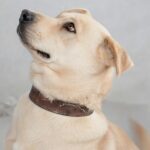



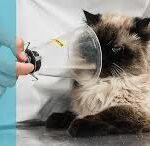


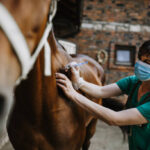





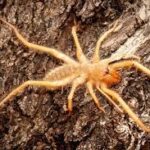
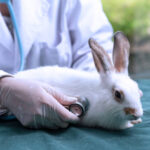
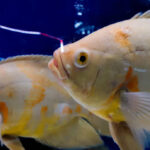
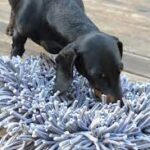

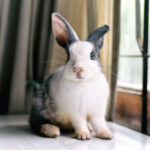

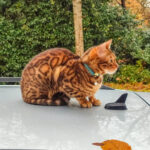
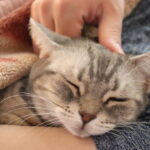


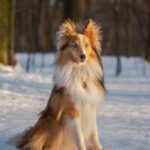




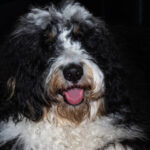
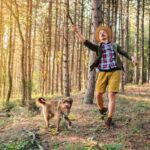




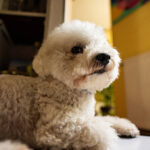

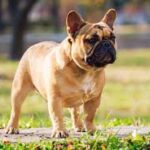


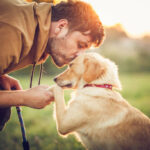


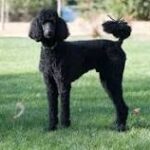

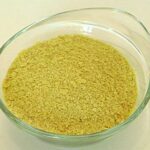













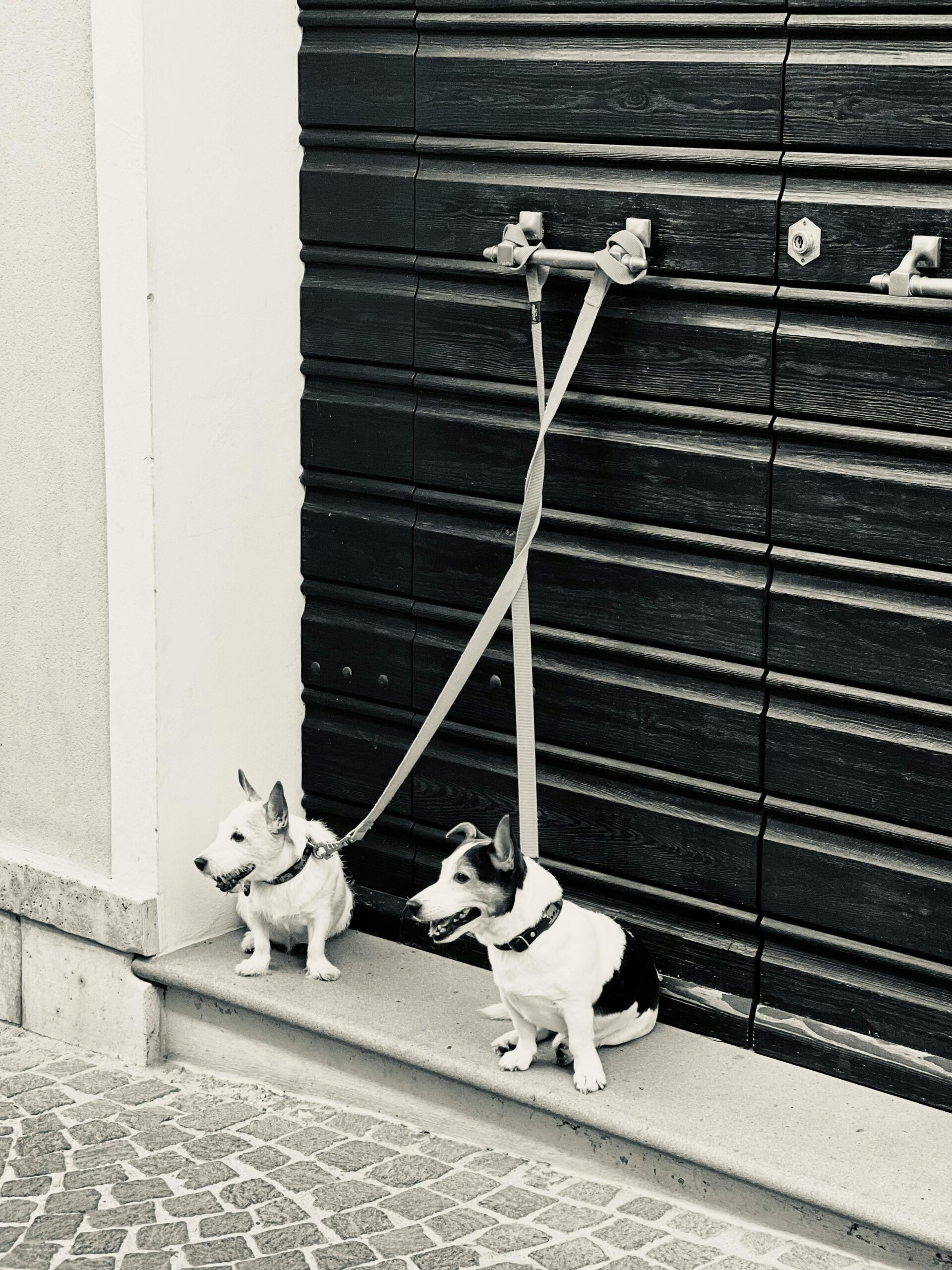

Azael Bonilla